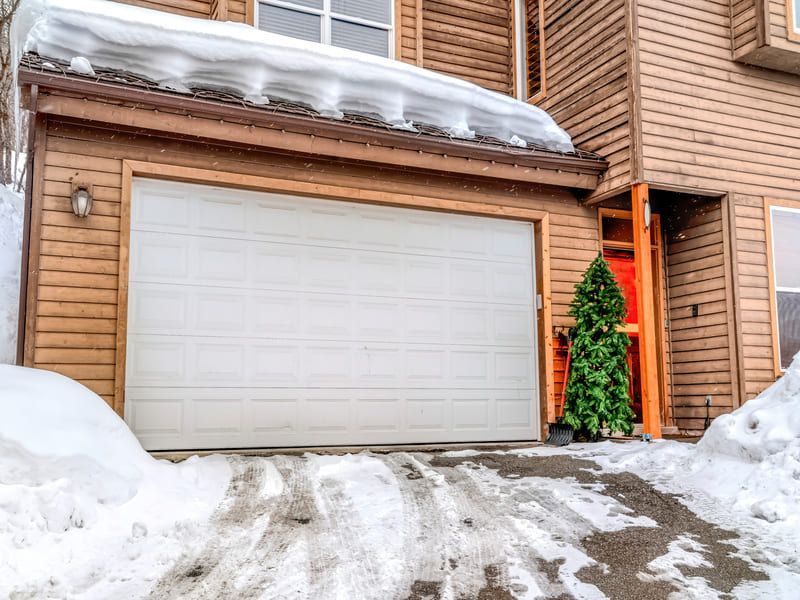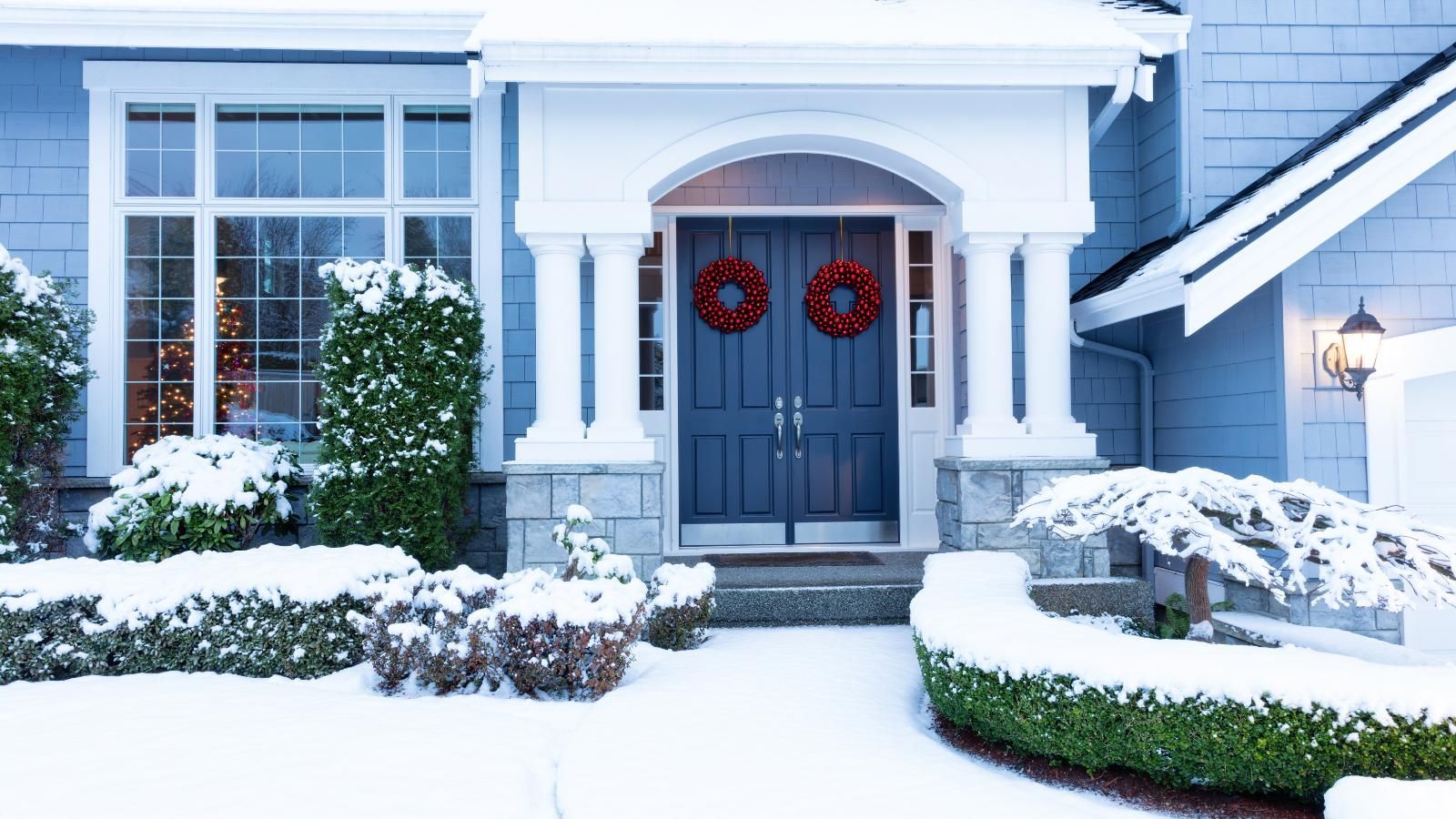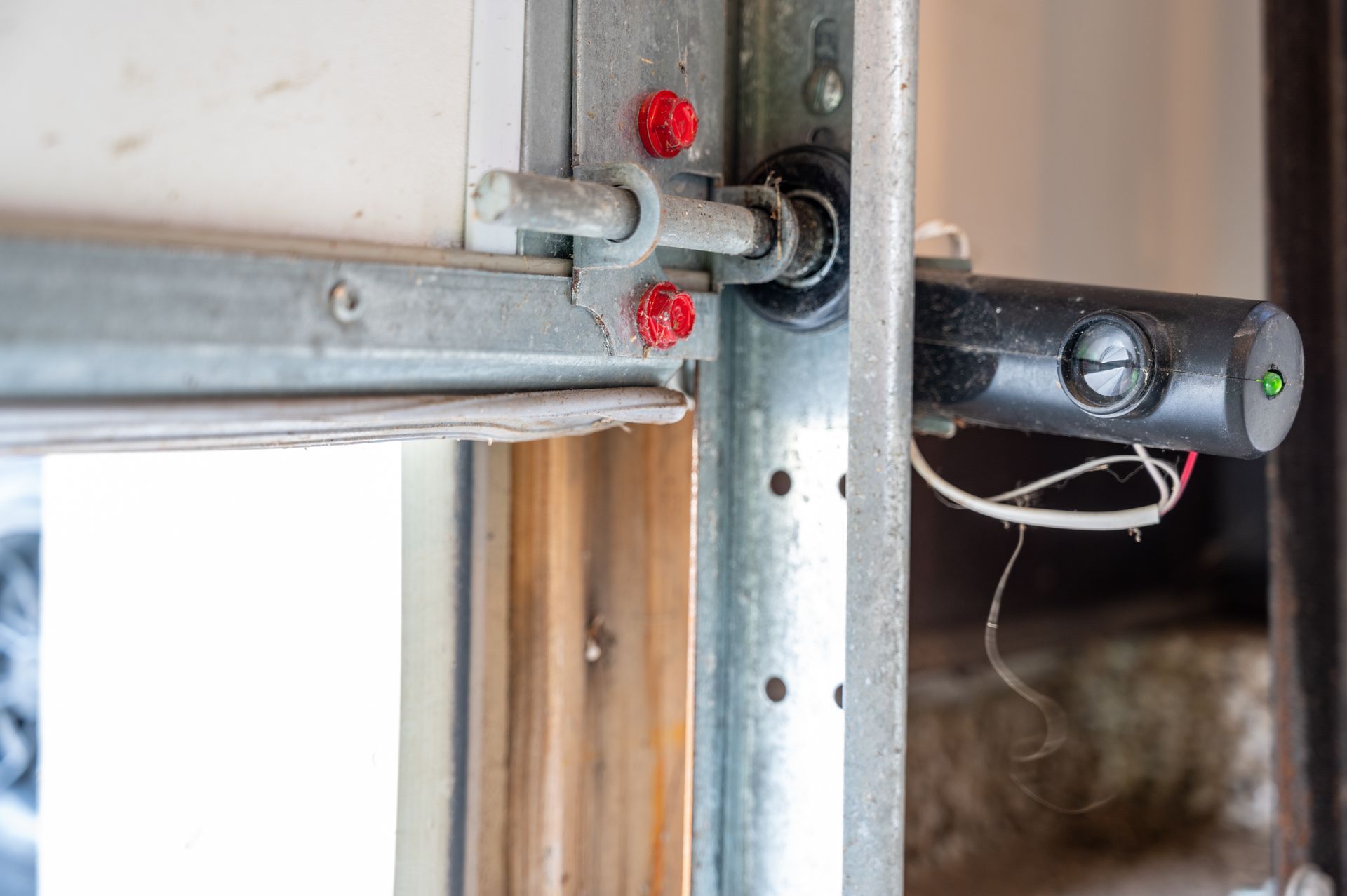How to Stop Window Condensation in Winter: A Guide for Missouri Home and Business Owners
Window Condensation in the Winter: Causes, Prevention & Solutions for Missouri Homes and Businesses
It’s a familiar, blustery, and cold winter morning in Kansas City. You walk into the kitchen, and there they are—foggy windows, dripping with water, and obscuring your view of the frosty outdoors. While the sight may seem like a harmless seasonal quirk, window condensation is more than just an inconvenience. In fact, it could be signaling any number of important issues, including poor insulation, humidity issues, or even window failure.
At
Door Systems Inc., we’re here to help Kansas City property owners understand the real story behind condensation and what you can do to prevent costly damage, health concerns, and energy loss.
What Causes Window Condensation in Winter?
Condensation occurs when warm, moist indoor air meets the cold surface of your window glass. During Kansas City winters, where outdoor temperatures generally range from 20–40°F and homes are heated to a comfortable 68–72°F, that temperature difference can cause the moisture in the air to condense on your windows—especially if the dew point is reached.
Your windows act as the collision point between the humid air inside and the frigid temperatures outside. And that’s where condensation forms.

Common Contributors to Window Condensation
Several factors can increase your chances of moisture on windows in winter:
- High indoor humidity from activities like cooking, showering, or running humidifiers
- Poor ventilation, especially in tightly sealed modern homes
- Single-pane or outdated windows that allow extreme temperature differentials
- Fluctuating Missouri climate, which brings sudden temperature swings and occasional ice storms
Inside vs. Outside Condensation: What’s the Difference?
Not all condensation is created equal. Understanding where the moisture forms can help determine if action is needed.
Condensation Inside Your Windows
This is the most common type and usually indicates excessive indoor humidity. It’s caused by warm air from inside your home meeting cold glass.
Warning signs include:
- Persistent fogging or sweating windows
- Mold or mildew growth on window sills or frames
- Damage to nearby wood or drywall
If this happens regularly, it’s time to address the source of the humidity—and possibly your windows themselves.
Condensation Outside Your Windows (Exterior)
Surprisingly, condensation on the outside of windows is often a sign your energy-efficient windows are working properly. In well-insulated homes, the outer pane of glass can stay cool enough to attract moisture when the morning dew hits.
This type of condensation is harmless and usually disappears as temperatures rise during the day.
Condensation Between Window Panes
If you see fog or moisture between the panes of a double- or triple-pane window, that means the seal has failed.
This can’t be fixed with dehumidifiers or fans. Instead, you’ll need to replace the window unit or have the insulated glass replaced to restore your window’s performance.
How Window Condensation Affects Kansas City Homes vs. Commercial Properties
Residential and commercial properties experience condensation differently, but both can suffer the consequences.
Residential & Commercial Window Condensation Challenges
In homes, daily routines like showering and cooking spike indoor humidity. Older Kansas City homes, especially those built before the 1980s, often lack proper insulation and have single-pane windows that worsen the problem.
In commercial buildings, high occupancy and limited ventilation systems amplify the risk. HVAC systems can struggle to maintain balance, especially in:
- Retail environments, where product damage can occur
- Offices, where condensation can affect employee health
- Restaurants, where excess moisture can create sanitation issues
- Warehouses, where mold and moisture can damage inventory
Immediate Steps to Reduce Condensation
Try these quick fixes to control moisture:
- Run
bathroom and kitchen exhaust fans
- Crack windows open for
5–10 minutes daily to promote air exchange
- Use
ceiling fans in reverse mode to circulate warm air
- Move
plants away from windows
- Run a
dehumidifier in problem areas
- Keep
window sills and tracks clean to prevent mold buildup
- Maintain consistent indoor temperatures
- Replace
dirty HVAC filters for better air flow
Long-Term Solutions for Window Condensation
If the problem persists, it's time to consider upgrades:
- Install
energy-efficient double or triple-pane windows
- Low-E coatings
- Argon or krypton gas fills
- Warm-edge spacers
- Improve
ventilation with systems like HRVs or ERVs
- Add
insulation around window frames
- Upgrade
weatherstripping
- Install
vapor barriers in high-humidity areas
These solutions help balance indoor humidity and keep condensation under control year-round.
When to Call a Professional for Window Condensation
Call Door Systems Inc. if you notice:
- Condensation between window panes (seal failure)
- Visible mold or mildew near windows
- Warped or rotting window frames
- Year-round condensation on multiple windows
- Ongoing issues after trying basic solutions
- Commercial building condensation issues across several areas
Our experienced specialists are experts at diagnosing the cause of condensation and offering the best long-term solution, whether that’s a window repair, window replacement, or ventilation upgrade. Our window replacement and repair services also include replacing the wood rot that may have occurred if the seal has been broken for very long.
Conclusion: Don’t Let Window Condensation Compromise Your Kansas City Property
If you're tired of windows sweating every winter—or worse, dealing with mold, water damage, and drafts—the solution is just a call away.
At Door Systems Inc., we’ve helped homeowners and commercial property owners across
Kansas City stay comfortable, efficient, and protected from the elements. Whether you need window repair, insulated glass replacement, or full-frame window upgrades, we’re ready to help.
Call us today to schedule a consultation—or request a quote online. Let’s keep the cold outside where it belongs.






